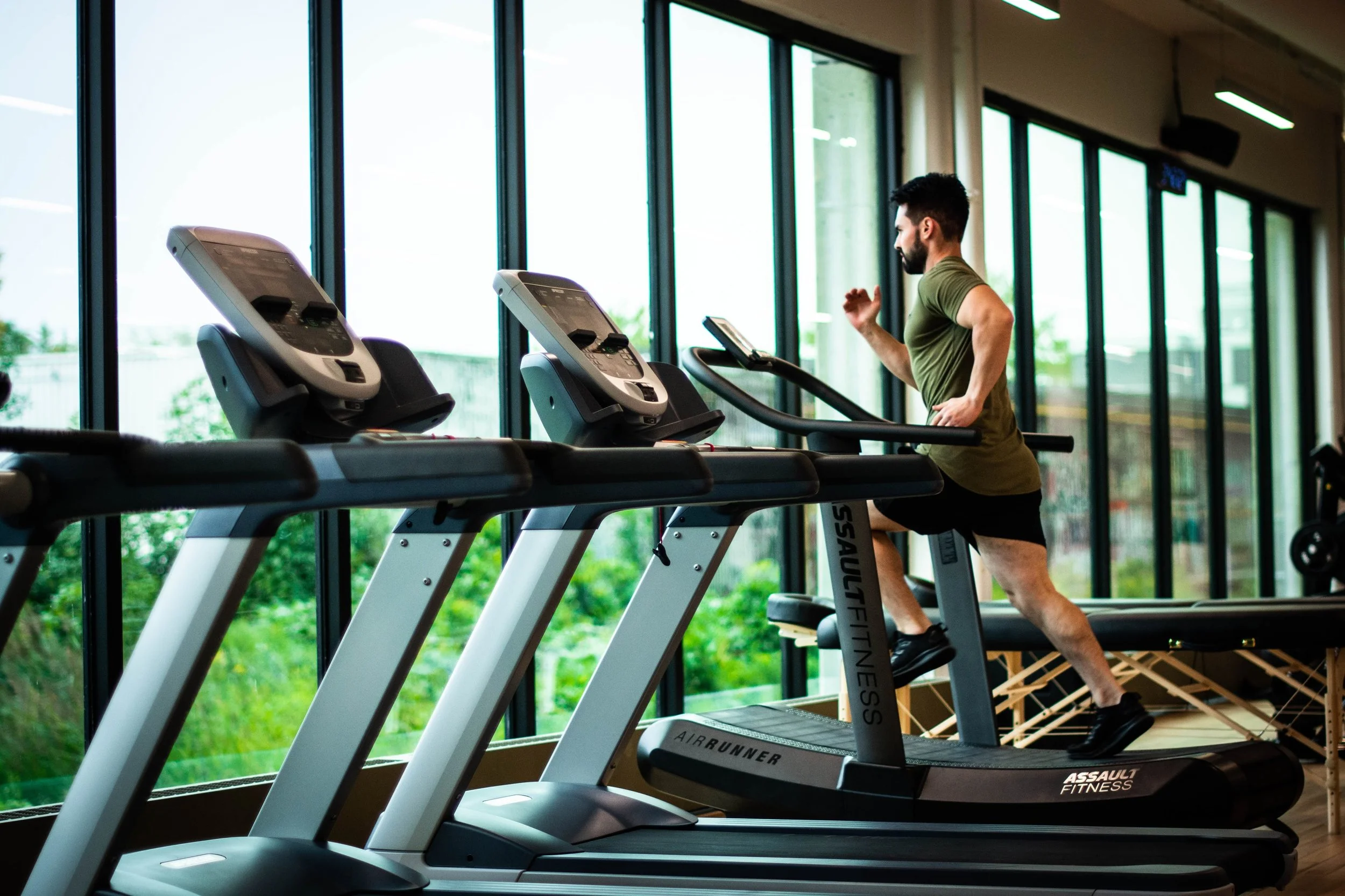Benefits of HIIT
HIIT (high intensity interval training) has been popularized in the past few decades, and for good reason. Most people use it as a tool for weight loss, and although it’s great for burning calories, it has other benefits that are less frequently talked about. This article will explore the physiology of why it improves athletic performance, and how it can improve insulin sensitivity.
That familiar feeling of a muscle burn with exercise is usually what limits us. If we can push the threshold of when we feel that burn, we can exercise longer, faster, and stronger. That burn is usually called a build up of lactic acid. That’s technically not true. Lactic acid is very quickly broken down into lactate, which is an excellent fuel source, and hydrogen ions. Hydrogen ions are literally acid and are a byproduct of this fuel source. The build of hydrogen ions is what causes the burn. Our bodies have ways to buffer this build up of acid, namely carnosine in the muscle cells and bicarbonate in the bloodstream. When the accrual of acid outpaces these buffers, you get the burn.
The body is a master of adaptation. It seeks homeostasis, or balance. Some of the homeostatic levers we can pull and train include pH, blood-glucose, temperature, and O2/CO2 levels. If we stress these levers to a degree that we can recover from, it has the effect of improving that lever. For this example, we are talking about pH (acid-base balance). HIIT specifically increases the acid build up as discussed above, and the homeostatic signal to buffer it and become more alkaline is challenged. If done right, we can improve this system. Over time, we can adapt to be able to tolerate greater levels of acid build up and improve performance.
Blood-glucose balance is extremely important and around 88% percent of Americans are dysfunctional in this balance. Most of us develop insulin resistance. Insulin is the hormone that pulls glucose from the blood and puts it in the muscle and liver in the form of glycogen. The majority of glycogen resides in muscle tissue. You can think of a muscle cell as a bucket that can be filled up. The more buckets, the more glycogen can be stored. In other words, the more lean muscle mass you have, the more you can handle glucose and improve insulin sensitivity.
This is not to say that HIIT is superior to steady state cardio. They are both important systems to train. Just keep in mind that there is much more to ‘cardio’ than caloric burn; they are improving specific systems in the body.
If you are concerned about your blood glucose levels, we’ve paired up with NutriSense. They provide continuous glucose monitors which give you real-time data to your phone and will show you how your body responds to carbohydrates. This is probably the best way to determine if you have a dysfunction with your blood glucose regulation.

